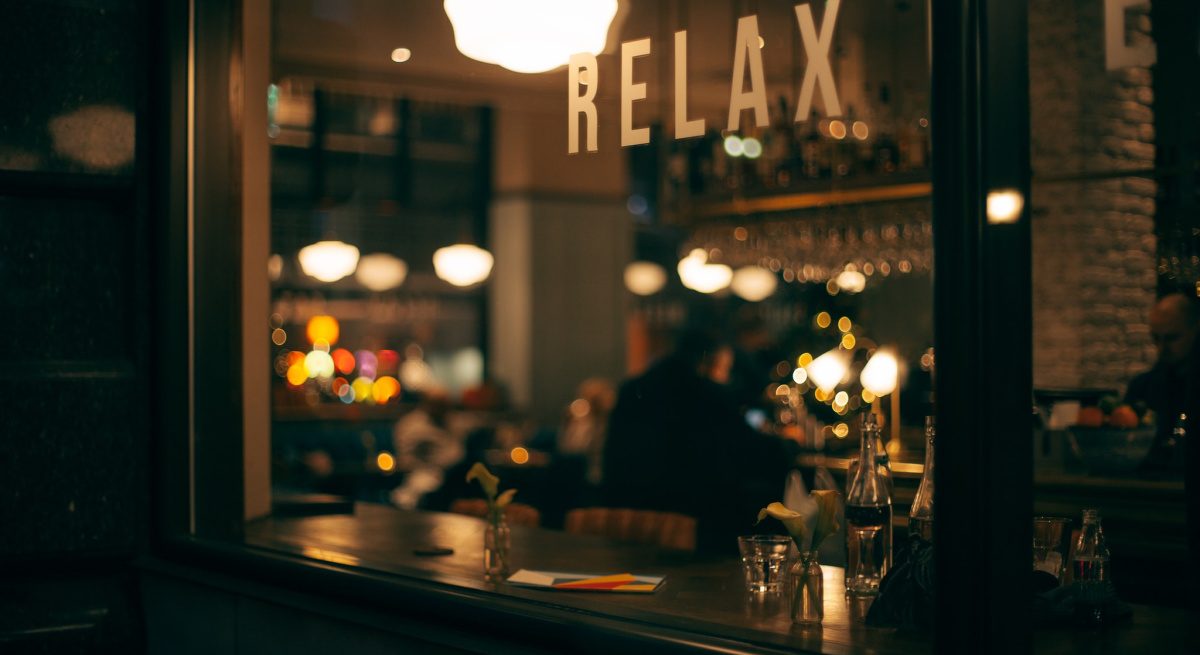Why Third-Party Delivery Partnerships May Not Be All They’re Cracked Up To Be
3 Min Read By Graham Campbell
As we head into 2020 and digital ordering continues to boom, the restaurant segment is in for some major changes, particularly when it comes to delivery. While many fast casual and QSR restaurants are announcing partnerships with platforms like Uber Eats and Grubhub, not all owners and operators are on board with the third-party delivery trend.
According to research done by eMarketer, 23 percent of all smartphone users will use a food delivery app by 2023. Today, consumers want faster service and apps like Uber Eats allow customers to order food right from their phone and get it delivered wherever and whenever. The services earn money through restaurant commissions, delivery fees, or both.
There is a reason major QSR brands like McDonald’s and Pizza Hut are jumping on the third-party delivery bandwagon. McDonald's claimed that 70 percent of the orders it gets through its partnership with Uber Eats are customers it might not have obtained otherwise, particularly late at night.
There is a reason major QSR brands like McDonald’s and Pizza Hut are jumping on the third-party delivery bandwagon.
Still, these partnerships aren’t always a win-win situation. Recently, Shake Shack suffered a 20 percent decline in shares after announcing a new partnership with Grubhub. While the establishment benefits by seeing a pop in sales, high commission fees usually between 15 percent and 30 percent are the cost to pay—and many claim that price is too high. These services also eat into profits, with Grubhub charging restaurants 12-18 percent per order and Uber Eats as much as 30 percent.
Another concern is that third-party delivery services can be haphazard and compromise quality control over the food or delivery speed. For example, some drivers may slow down orders or let food get cold in the car. This lack of control has the potential to turn customers away and negatively affect overall brand perception.
On the operator’s side of the equation, the use of third-party services can negatively impact employees. Certain staffers may be fulfilling orders, but tips on orders made online go solely to the drivers. Employees also become caught up in dealing with technical problems and customer service issues.
McDonald's claimed that 70 percent of the orders it gets through its partnership with Uber Eats are customers it might not have obtained otherwise, particularly late at night.
It is also important to note that many restaurants aren’t set up for an emphasis on delivery. The owner may not have the necessary staff or resources to support the program, and the layout design of the restaurant may need to be reconfigured. For example, delivery workers are often at the front of the house hovering, which employees and customers may find frustrating.
McDonald's claimed that 70 percent of the orders it gets through its partnership with Uber Eats are customers it might not have obtained otherwise, particularly late at night.
These concerns have resulted in some of the QSR segment’s biggest players opting out of the trend altogether. Earlier this year, Jimmy John’s announced it would never offer third-party delivery and instead doubled-down on its own in-house service. Domino’s CEO Richard Allison has been very vocal about the chain’s refusal to outsource delivery, saying it helps the chain maintain quality and control costs.
To keep up with the growing delivery demand, some restaurants have even been turning away from brick-and-mortar locations all together and investing in ghost kitchens or pick-up cubbies to save on operational costs.
As platforms such as Uber Eats, DoorDash, Grubhub and SkipTheDishes continue to allow consumers to order delivery from thousands of restaurants across the country, these are just some of the concerns that owners and operators should keep in mind before jumping aboard the third-party delivery train.


